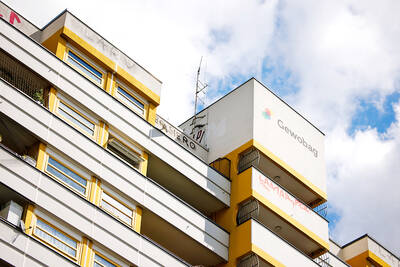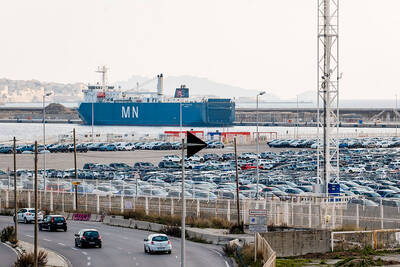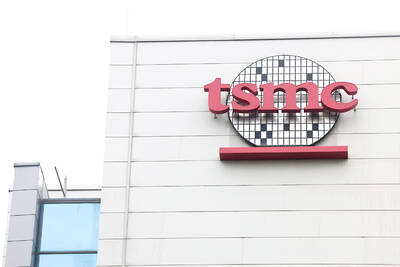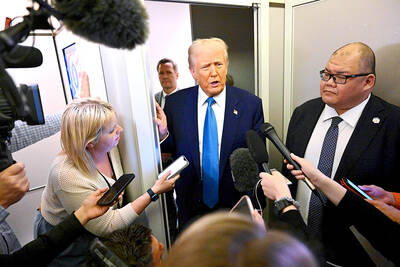Japan, self-sufficient in rice, may export some of the grain it imported under a WTO agreement, alleviating a global supply shortage.
Japan is in talks with the Philippines, the world’s largest importer of the grain, about shipments from Japan’s foreign rice stockpiles of about 1.2 million tonnes, a government official said in an interview in Tokyo. The official declined to be identified as discussions are informal.
Rice supplies in the international market declined as exporting countries such as Vietnam and India restricted shipments, boosting prices of the staple for half the world’s population. Rice, wheat, corn and soybeans climbed to records this year, triggering social unrest from Haiti to Egypt.
“Japanese rice shipment would be helpful for importing countries such as the Philippines, as grain traders don’t have much to sell in the international market because of export restrictions,” Nobuyuki Chino, president of Tokyo-based grain trading company Unipac Grain Ltd, said yesterday.
Rice for delivery in July rose as much as US$0.41, or 1.8 percent, to US$23.385 per 100lbs (45.4kg) on the Chicago Board of Trade today and traded at US$23.17 in Tokyo. The most-active contract reached an all-time high of US$25.07 on April 24 and has doubled in the past year.
Japan agreed to give so-called minimum market access to rice-exporting countries at the Uruguay Round of world trade talks that ended in December 1993 and bought a total of 8.32 million tonnes of foreign rice from April 1995 to October last year.
The government has had difficulty finding domestic buyers for the imported rice because of abundant local supplies, the official said.
Of the total imports, 3 million tonnes were sold to Japanese food processors, 840,000 tonnes were used as table rice and 730,000 tonnes were fed to animals during the period. The remainder was used for food aid and stockpiles.
Japan is not required under WTO rules to obtain approval to export foreign rice from the inventories, the official said on Friday. Shipments would be viable as global prices are above the level paid for the imports, he said.
The Ministry of Agriculture, Forestry and Fisheries needs to agree with the Ministry of Foreign Affairs on export volumes and destinations, before it can proceed with shipments.
The benchmark export price of Thai 100 percent grade B white rice gained 10 percent to a record US$941 a tonne last week, the Thai Rice Exporters Association said. Japan paid ¥81,612 (US$790) a tonne on average at a rice import tender on March 18.
Tomas Escarez, a spokesman for the Philippines’ National Food Authority, said on Friday that Japan offered to ship 60,000 tonnes of rice to the Southeast Asian country. The Japanese government official did not confirm the information at the interview.
Japan imported 630,550 tonnes of rice in the year ended on March 31. Rice production in Japan is estimated at 8.73 million tonnes in the year to June 30, exceeding domestic consumption by 230,000 tonnes, the Japanese Ministry of Agriculture, Forestry and Fisheries said.

When an apartment comes up for rent in Germany’s big cities, hundreds of prospective tenants often queue down the street to view it, but the acute shortage of affordable housing is getting scant attention ahead of today’s snap general election. “Housing is one of the main problems for people, but nobody talks about it, nobody takes it seriously,” said Andreas Ibel, president of Build Europe, an association representing housing developers. Migration and the sluggish economy top the list of voters’ concerns, but analysts say housing policy fails to break through as returns on investment take time to register, making the

‘SILVER LINING’: Although the news caused TSMC to fall on the local market, an analyst said that as tariffs are not set to go into effect until April, there is still time for negotiations US President Donald Trump on Tuesday said that he would likely impose tariffs on semiconductor, automobile and pharmaceutical imports of about 25 percent, with an announcement coming as soon as April 2 in a move that would represent a dramatic widening of the US leader’s trade war. “I probably will tell you that on April 2, but it’ll be in the neighborhood of 25 percent,” Trump told reporters at his Mar-a-Lago club when asked about his plan for auto tariffs. Asked about similar levies on pharmaceutical drugs and semiconductors, the president said that “it’ll be 25 percent and higher, and it’ll

NOT TO WORRY: Some people are concerned funds might continue moving out of the country, but the central bank said financial account outflows are not unusual in Taiwan Taiwan’s outbound investments hit a new high last year due to investments made by contract chipmaker Taiwan Semiconductor Manufacturing Co (TSMC, 台積電) and other major manufacturers to boost global expansion, the central bank said on Thursday. The net increase in outbound investments last year reached a record US$21.05 billion, while the net increase in outbound investments by Taiwanese residents reached a record US$31.98 billion, central bank data showed. Chen Fei-wen (陳斐紋), deputy director of the central bank’s Department of Economic Research, said the increase was largely due to TSMC’s efforts to expand production in the US and Japan. Investments by Vanguard International

WARNING SHOT: The US president has threatened to impose 25 percent tariffs on all imported vehicles, and similar or higher duties on pharmaceuticals and semiconductors US President Donald Trump on Wednesday suggested that a trade deal with China was “possible” — a key target in the US leader’s tariffs policy. The US in 2020 had already agreed to “a great trade deal with China” and a new deal was “possible,” Trump said. Trump said he expected Chinese President Xi Jinping (習近平) to visit the US, without giving a timeline for his trip. Trump also said that he was talking to China about TikTok, as the US seeks to broker a sale of the popular app owned by Chinese firm ByteDance Ltd (字節跳動). Trump last week said that he had